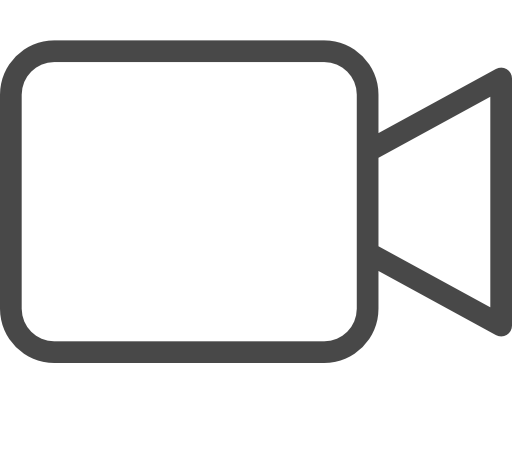MENU 

Digital features
Performances
Know Before You Go
Company
Academy
- About Academy
- Faculty & Staff
- Join Academy
- Children's Division Classes
- Summer Programs
- Student Workshops
- Pre-Professional Division
- 2025-2026 Classes
- Male Ballet Training
- Adult Dance Classes
- Academy Performances
- Company Performance Opportunities
- Academy Calendar
- Ballet Birthday Parties
- YAGP & Denver Ballet Guild
- Tuition Reduction & Scholarship
Education & Community
Support














